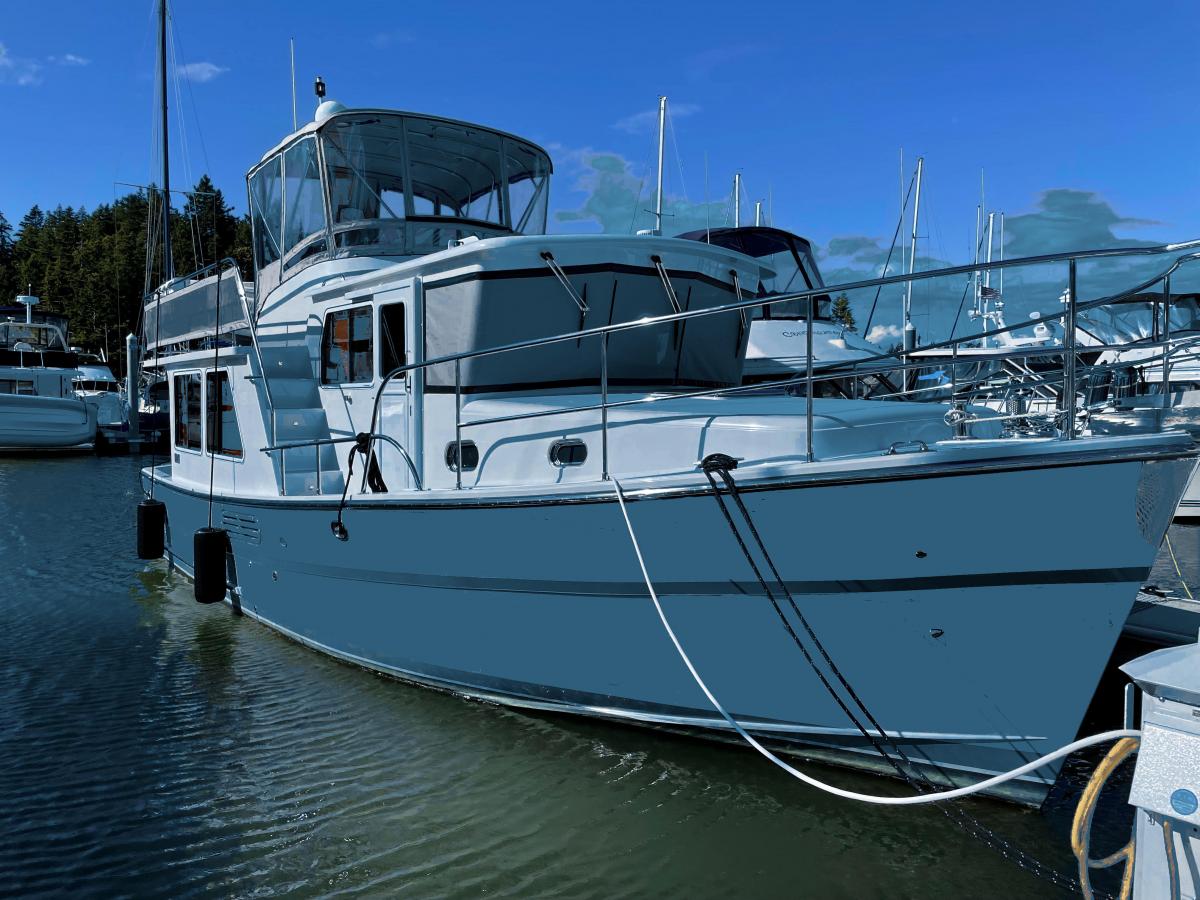Doug_Snider
Senior Member
- Joined
- Jul 7, 2021
- Messages
- 260
- Location
- La Conner, WA
- Vessel Name
- Alba Bella
- Vessel Make
- Helmsman 38E
Thanks for the reply. Please be patient with my confusion, but am interested.
I was wondering about 2, and now its 3.
I understand the Panoptix is the forward looking transducer. Check.
Can that not produce a simple depth reading for the MFD, eliminating the need for the basic transducer?
And what is it causing the need for some different dedicated transducer for an anchorage reading that the other 2 cannot do?
I guess the simple question is, why not just the Panoptix alone and call it day? What is the limitation leading to more?
We wanted a full time depth alert even when the MFD is powered off. The NEMA 2000 display can show other data on the network like battery status and wind with a sensor connected.



